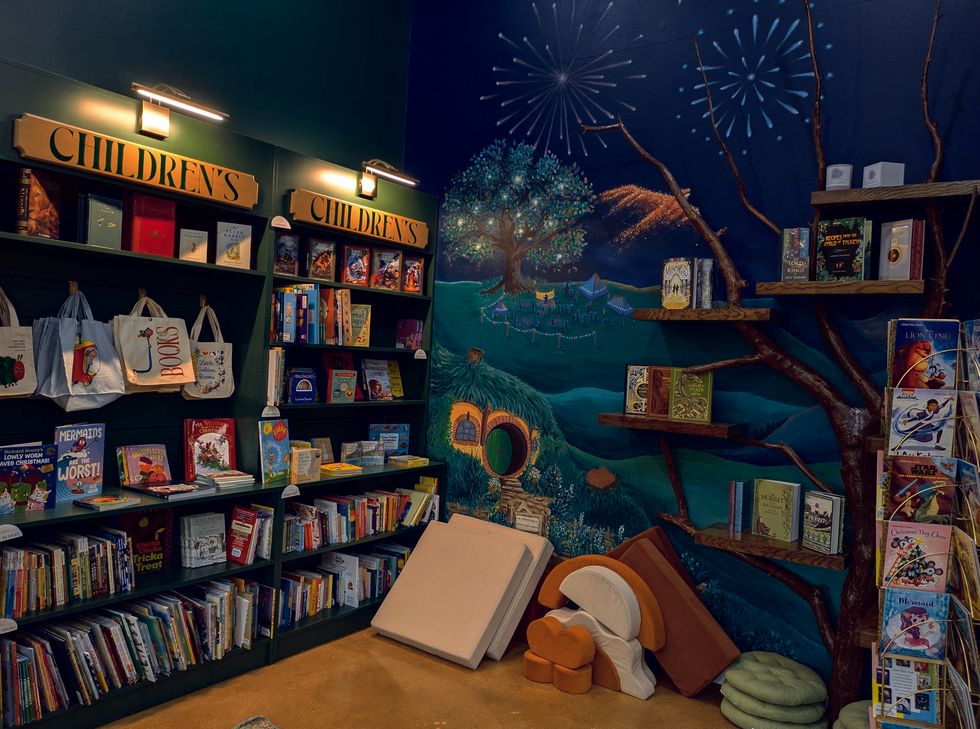A new plan
San Antonio drafts visionary plan to support the arts

An ambitious initiative is underway in San Antonio, one that hopes to unite the city's arts communities while also preserving historic neighborhoods facing socioeconomic and developmental challenges.
CulTÚArt is the work of the San Antonio Department of Arts and Culture, the city-led organization overseeing Centro de Artes and spearheading strategies for film, art funding guidelines, public art, cultural districts framework, and music.
On December 10, the San Antonio Arts Commission met to get an update on CulTÚArt. The city has also held meetings with stakeholder groups and open houses to collect feedback and ideas.
Developing a brand
Debbie Racca-Sittre, director of the arts and culture department, recently said on Texas Public Radio’s The Source that a strategic plan like CulTÚArt could better help tell the world what San Antonio’s diverse arts community truly means, looks and sounds like, collectively.
“We want to set up a level of sustainability and maybe even set up a brand,” she said.
The arts in San Antonio do mean a lot economically, and could mean a lot more if developed into a "brand," as Racca-Sittre says. The city estimated the creative community’s total economic impact at nearly $4 million in 2016. That includes design and advertising, museums and collections, art schools and programs, photography and culinary arts, print and broadcasting and related activities, and independent artists, writers, and performers.
Bridging the gap
The draft plan also talks about the local cultural landscape. Southern Methodist University’s National Center for Arts Research scores every U.S. county based on measures of money spent on the arts, arts providers, government support, and socio-economic and other arts-related recreational characteristics. Bexar County scored high in terms of local government support for arts providers, but the county scores very low in socioeconomic measures. CulTÚArt would help bridge this gap.
Arts Commission member Suhail Arastu said on The Source that the plan would enable San Antonio to “celebrate internationally this confluence of living arts and authentic cultures, and this will inspire more participation and pride in all of the arts.”
The city's plan contains a survey that Visit San Antonio did with out-of-town visitors and found that more than three quarters enjoyed attending major local arts-related events, such as Fiesta, and the Diwali and Dia de los Muertos celebrations.
But despite an abundance of arts-related events, there are barriers — and not just for out-of-towners. Those barriers include typical admission cost, times, and locations.
Many of those surveyed also wanted to see an increase in arts programming specific to Mexican/Latinx, indigenous and Native American cultures, and women. More than 90 percent of those surveyed wanted see even more public art, such as the new art garden that the city is developing along the River Walk.
Opened in early November, the River Walk Public Art Garden serves as an outdoor museum of sorts, containing permanent and rotating installations. Permanent artworks on display include mosaic murals created by Mexican artists Juan O' Gorman and Carlos Merida for the 1968 World's Fair, and Sebastian's iconic sculpture Torch of Friendship, which marks the entry to Phase I of the garden along the River Walk close to South Alamo and Market streets.
“In the next few years this space will be transformed into an outdoor art gallery that people can visit and find incredible art from San Antonio artists as well as international artists like Sebastian,” Racca-Sittre said in a press release.
Music
CulTÚArt also includes a robust plan for San Antonio’s music scene. The arts and culture department has a music commission, and San Antonio last year was certified as a Music Friendly Community through the Texas Music Office.
But that’s just the start. Among other things, the music plan calls for establishing historical markers, partnering with academic institutions, and possibly hosting a music conference with academics and writers.
The music plan also recommends using incentives and tax exemptions to nurture the development of musicians and music-related businesses, and helping to build up professionalism in the industry through networking and cross-promotions.
But as the city works toward finalizing the overall CulTÚArt strategic plan, some local artists complain the plan does not address funding streams for individual artists, something that other major Texas cities offer to their arts communities.
Marisela Barrera is using her Facebook page to ask fellow San Antonio artists to call upon city leaders to boost individual artists through public grants and other means.
“In prior years, the department of arts and culture did a set aside fund to be able to award small grants to individual artists,” Malena Gonzalez-Cid, Centro Cultural Aztlan’s executive director, wrote.
“While the grants were small, around $5,000, they served as startup funds for important projects or professional development. Bring back individual art grants!”
The City Council is expected to consider the overall strategic plan for final approval in January.

 Book Nerd includes a whimsical children's area.Photo by Edmond Ortiz
Book Nerd includes a whimsical children's area.Photo by Edmond Ortiz Rhiannon Otero is one of four owners of Pages for Ages.Photo by Edmond Ortiz
Rhiannon Otero is one of four owners of Pages for Ages.Photo by Edmond Ortiz In addition to different kinds of books, Pages for Ages offers homemade pastries, handcrafted gifts, and stones and crystals.Photo by Edmond Ortiz
In addition to different kinds of books, Pages for Ages offers homemade pastries, handcrafted gifts, and stones and crystals.Photo by Edmond Ortiz